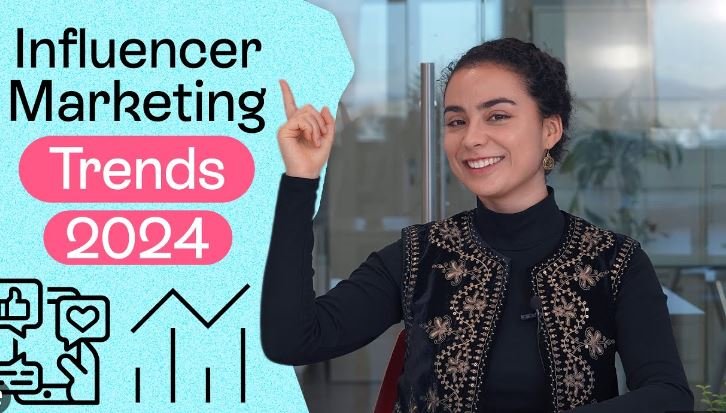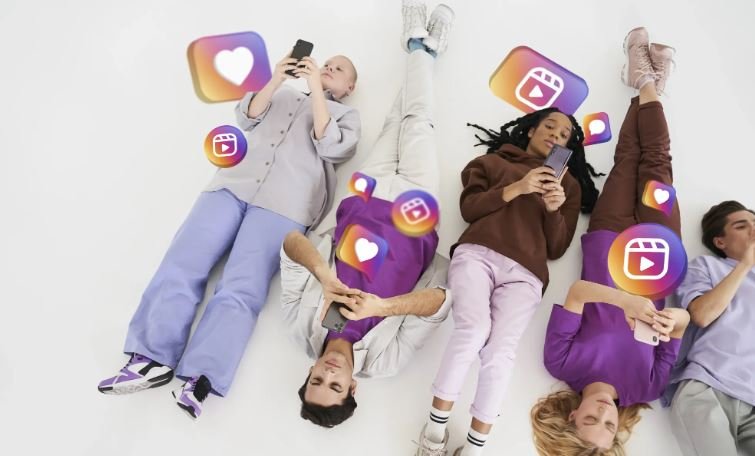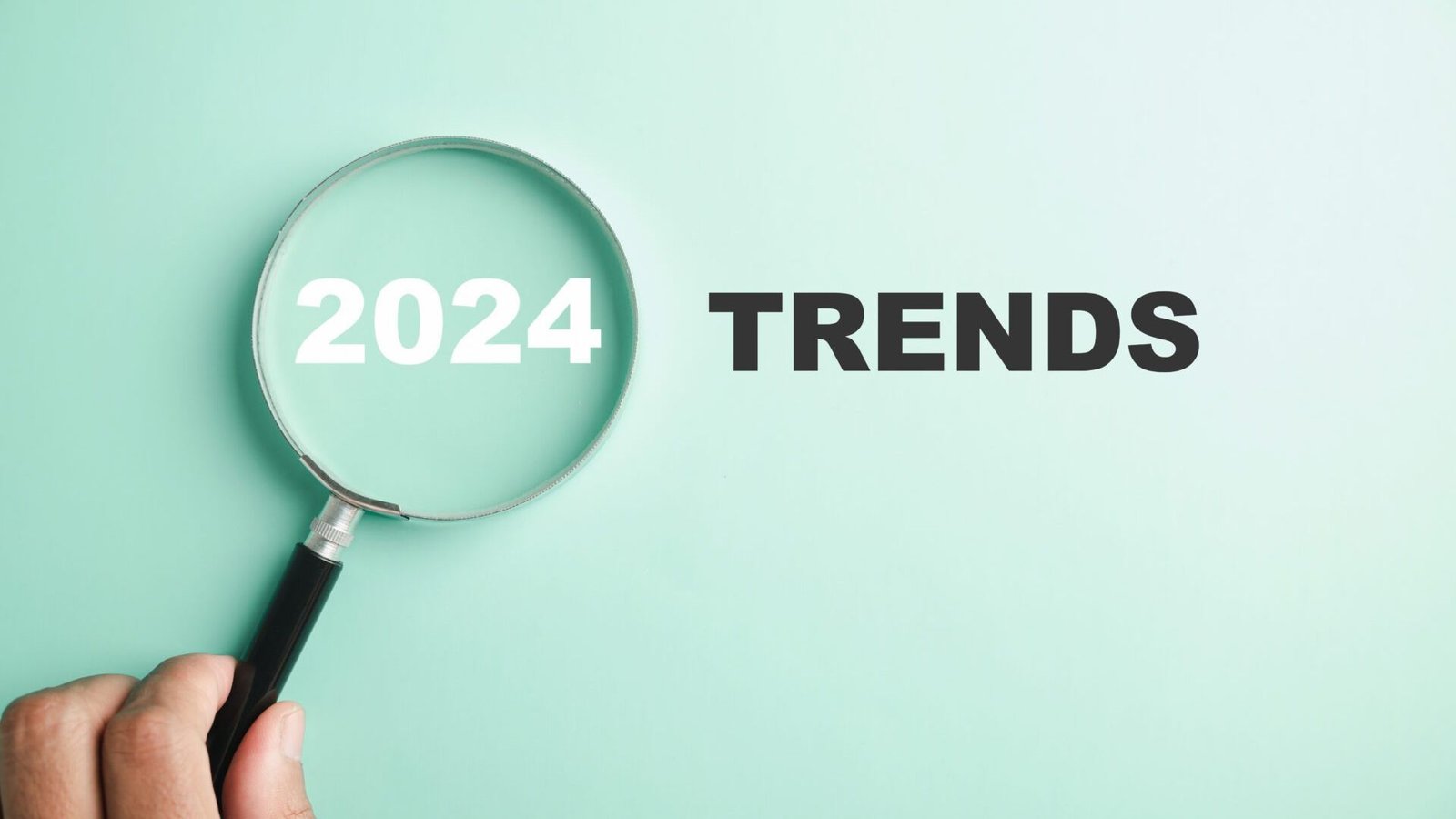Influencer marketing trends continue to evolve, shaping how brands and businesses connect with their audiences. In 2024, brands are looking beyond follower counts and are increasingly focusing on authenticity, engagement, and long-term partnerships with influencers. Whether it’s leveraging micro-influencers or embracing AI-driven campaigns, these trends are revolutionizing how companies build trust and drive results through influencer marketing.

1. Rise of Micro-Influencers
One of the most prominent influencer marketing trends in 2024 is the rise of micro-influencers. These influencers, typically with a following between 1,000 and 100,000, offer more niche and engaged audiences. Brands are increasingly turning to micro-influencers because they provide a more personal and authentic connection with their followers.
Unlike mega-influencers, micro-influencers tend to have stronger engagement rates, making them ideal for driving conversions. Their close-knit communities allow them to offer personalized recommendations, which resonate more deeply with their followers. This trend allows businesses to reach specific demographics while staying within their marketing budget.
2. Focus on Authenticity and Transparency
In the past, brands prioritized influencer reach and visibility. However, in 2024, authenticity has become the driving force behind successful influencer campaigns. Audiences today are more skeptical of overtly promotional content, which is why influencers who maintain transparency and stay true to their voice are winning over followers.
Brands are increasingly collaborating with influencers who align with their values, focusing on creating genuine and relatable content. Authenticity builds trust, and consumers are more likely to support products or services recommended by influencers they perceive as genuine. Clear labeling of sponsored posts and honest reviews are also becoming standard practice.
3. AI and Data-Driven Influencer Campaigns
Artificial intelligence (AI) is playing a significant role in influencer marketing sstrategies for 2024. AI-powered tools help brands identify the right influencers for their campaigns, analyze influencer performance, and track engagement metrics. With AI, marketers can sift through vast amounts of data to ensure they choose influencers who align with their brand’s objectives and audience.
AI also assists in automating influencer outreach and tracking campaign success in real time. This shift toward data-driven decisions helps brands improve their return on investment (ROI) by optimizing collaborations and ensuring they work with influencers who provide measurable impact.
4. Long-Term Influencer Partnerships
Instead of one-off promotions, 2024 is seeing a rise in long-term partnerships between brands and influencers. Building sustained relationships with influencers helps businesses create a more consistent and authentic brand message over time. These partnerships allow influencers to become true ambassadors of a brand, fostering deeper connections with their audiences.
Long-term collaborations also provide influencers with a sense of loyalty to the brand, resulting in more genuine content that doesn’t feel like a fleeting endorsement. Brands benefit from increased trust, long-term visibility, and a more significant impact on consumer behavior.
5. Video Content and Live Streaming
Video content, especially on platforms like TikTok, YouTube, and Instagram Reels, is becoming the dominant format for influencer marketing in 2024. Short-form video content is more engaging, and influencers can demonstrate products or services in real time, offering audiences a dynamic and immersive experience.
Live streaming, in particular, is growing as one of the top influencer marketing trends. Influencers use live streams to interact with their followers directly, answer questions, and showcase products, creating a sense of urgency and excitement. This format allows for immediate feedback and fosters a closer connection between the influencer and their audience.
Conclusion
In 2024, influencer marketing trends are shifting toward greater authenticity, long-term partnerships, and data-driven decisions. Brands are embracing micro-influencers for their genuine connections, focusing on purpose-driven campaigns that align with consumer values, and using AI to optimize influencer selection and performance. By staying ahead of these trends, businesses can ensure they create impactful, engaging, and successful influencer marketing campaigns in the coming year.




